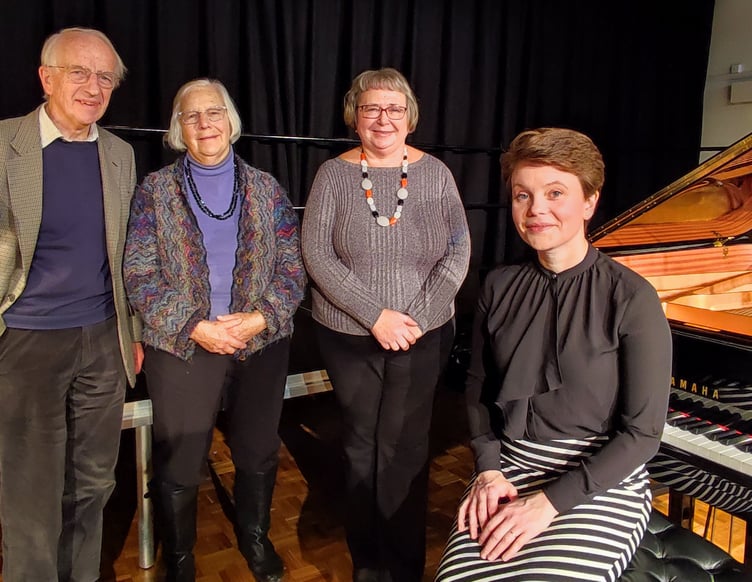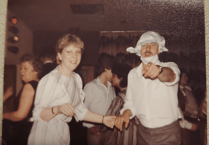With Clare Hammond we had style, substance and soul, writes Jeff Collman.
The style of her NADSA concert, held last Sunday at Newton Abbot’s Courtenay Centre, was almost entirely French, the composers were similarly of a restricted period - late romantic/impressionist – and the exquisite phrasing and dynamics must surely have touched our souls.
Clare introduced the audience to Mel Bonis, a relatively unknown French composer. After hearing three of Mel’s ‘Femmes de Légende’, narratives in impressionist style, I have no doubt that had Mel Bonis been a man, the name would have been as familiar to us as her contemporaries Franck, Debussy and Ravel.
Our appetite was further whetted by Clare’s introduction to Germaine Tailleferre’s ‘Partita’. It has three movements, the first of which ‘Perpetuum mobile’ was light, mechanical and puppet-like. Then followed ‘Notturno’ another contrast: dreamy legato, sometimes disturbingly unusual. The final movement was fast, light, almost frenetic: how well chosen to demonstrate Clare’s stunning versatility.
Each of Maurice Ravel’s Miroirs’ 5 movements was dedicated to a member of Les Apaches (hooligans), an artistic group formed with Ravel in the early 1900s. Of particular note was Clare’s rendering of ‘Une barque sur l’ocean’ where moods of the sea were depicted by impressionistic sparkles and swirls, threatening dramatic swells and reflective calm.
The following Spanish movement ‘Alborada del gracioso’ was completely different. Here we had virtuosity stamping on dry land. The bells of ‘La vallee des cloches’ left our valley in whispered calm.
After the interval, the opening piece was ‘Reflects dans l’eau’ the first of Debussy’s Images Book 1. One felt the ripples and shimmering light. ‘Hommage a Rameau’, was a pensive romantic narrative: very different, and ‘Mouvement’ was contrastingly fast and intense.
Then: something completely different. ‘Internal Victories’ is a co-created work by participants at HMP Oakwood, composer Michael Betteridge and Clare Hammond. This took us into the 21st century and an English prison. Opening with the thud of a closing door, followed by the delicacy of keys and periods of pensive calm, this was a place of episodic drama - an alien environment for most of us with gleams of hope for the co-creators.
Cécile Chaminade’s ‘Autrefois’ followed. What a juxtaposition. A simple melody, heavy with nostalgia, sandwiched a middle section that was, for me, alive with the freedom of swallows and swifts. Magical! Chaminade’s ‘Au pays devasté’ was written in 1918. A sombre work, the gravity of which persists.
The final programmed work, Ravel’s well - known ‘Sonatine’, developed from a restrained melodic first movement to a toccata of impressionist drama.
Clare Hammond’s recital introduced us to three unjustly neglected female French composers, each of whose biographies is worthy of an opera. Clare’s pianissimos were so exquisite that a quartz clock was removed from the auditorium; nothing, bar heartbeats, was allowed to spoil the music.





Comments
This article has no comments yet. Be the first to leave a comment.